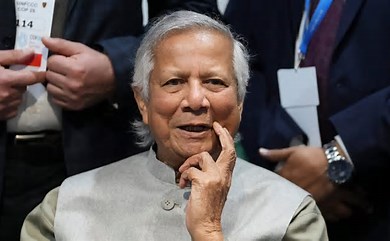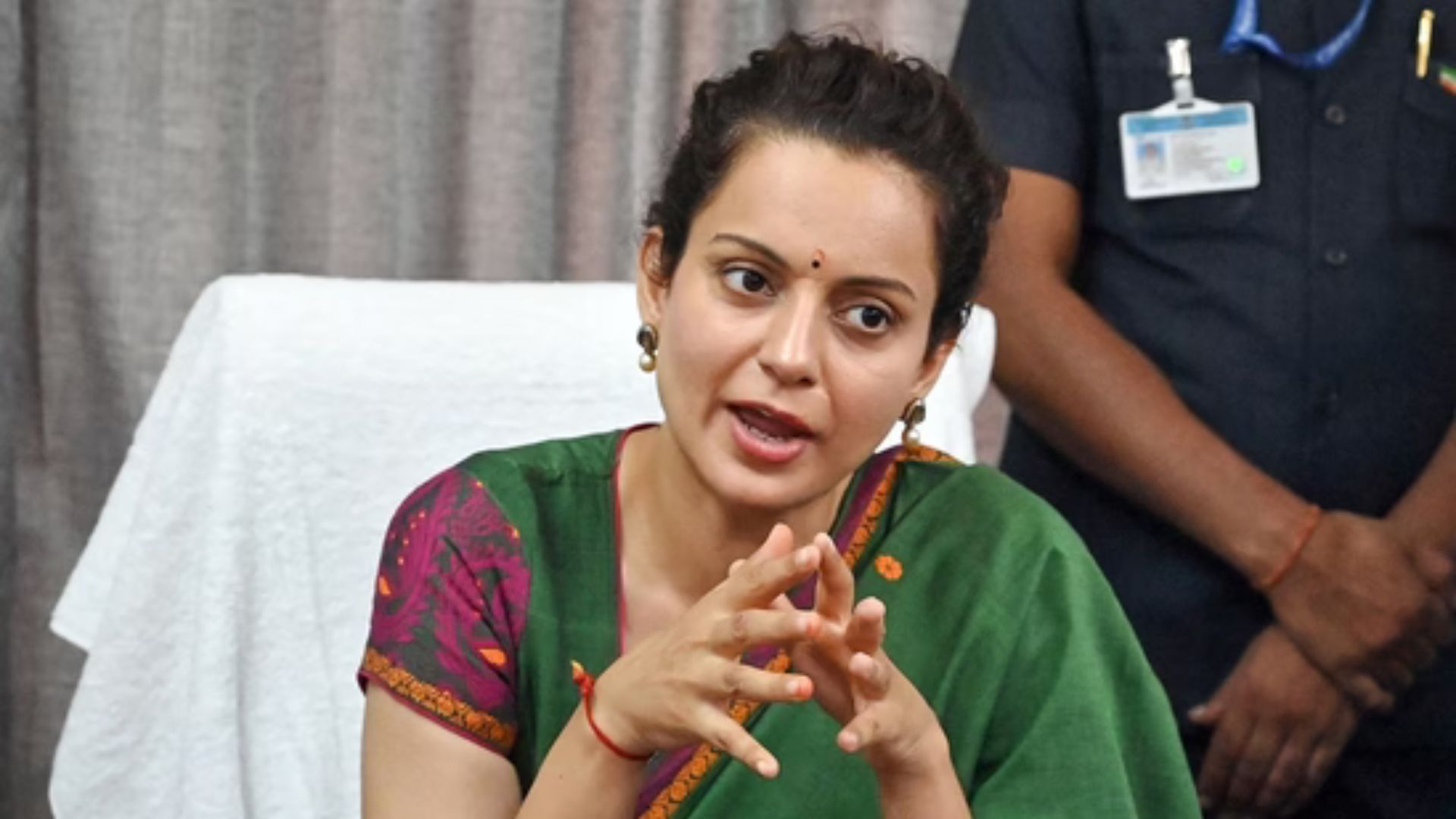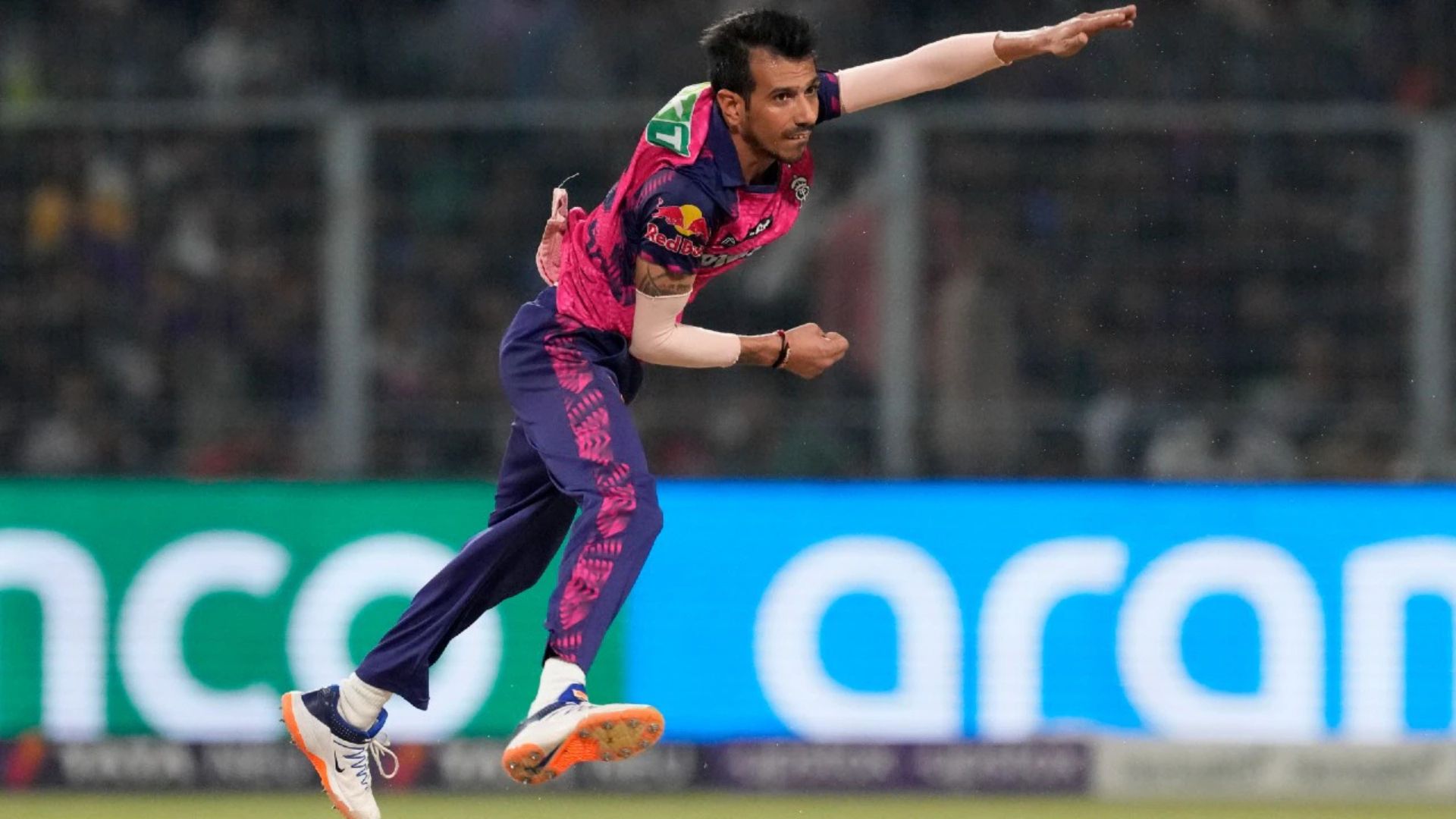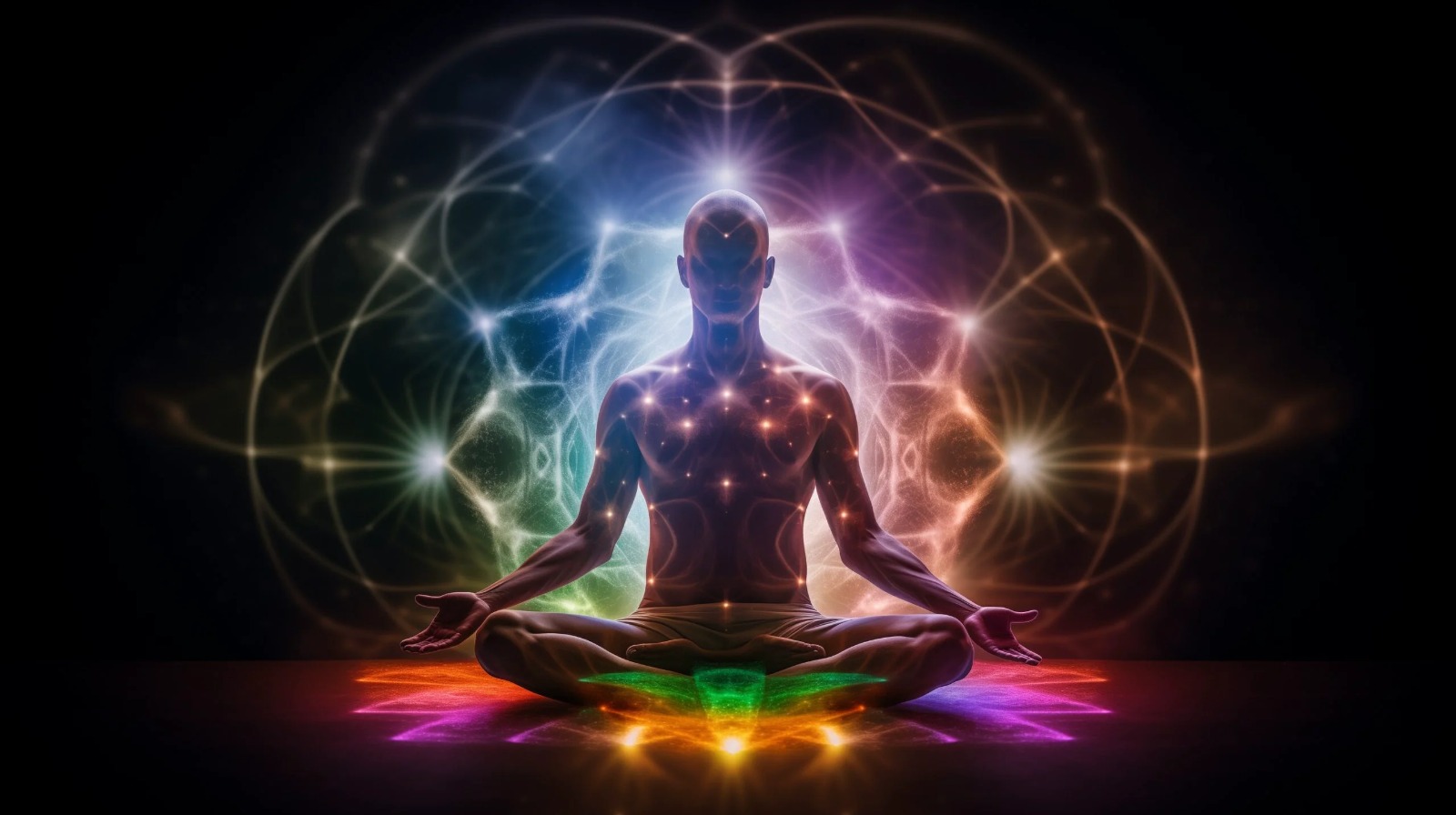
In various spiritual traditions, particularly within Hinduism and certain forms of Buddhism, it’s commonly believed that there are seven main chakras located along the spine, from the base to the crown of the head. Each of these chakras is associated with specific physical, emotional, and spiritual qualities. Here’s a brief overview of each chakra and its significance:
Root Chakra (Muladhara): Located at the base of the spine, the root chakra is associated with feelings of safety, security, and survival. It governs our basic needs for food, shelter, and physical well-being. When balanced, this chakra promotes feelings of stability, groundedness, and a sense of belonging.
Sacral Chakra (Swadhisthana): Positioned in the lower abdomen, just below the navel, the sacral chakra is linked to emotions, creativity, and sexuality. It influences our ability to experience pleasure, cultivate healthy relationships, and express our creativity. A balanced sacral chakra fosters emotional balance, passion, and a sense of vitality.
Solar Plexus Chakra (Manipura): Located in the upper abdomen, around the area of the solar plexus, this chakra is associated with personal power, self-esteem, and willpower. It governs our sense of identity, confidence, and autonomy. A balanced solar plexus chakra promotes self-assurance, inner strength, and a strong sense of purpose.
Heart Chakra (Anahata): Positioned at the center of the chest, the heart chakra is associated with love, compassion, and connection. It governs our ability to give and receive love, cultivate empathy, and form meaningful relationships. A balanced heart chakra fosters feelings of love, kindness, and harmony with oneself and others.
Throat Chakra (Vishuddha): Located in the throat area, the throat chakra is linked to communication, expression, and authenticity. It influences our ability to speak our truth, express ourselves creatively, and communicate effectively with others. A balanced throat chakra promotes clear communication, honesty, and authenticity.
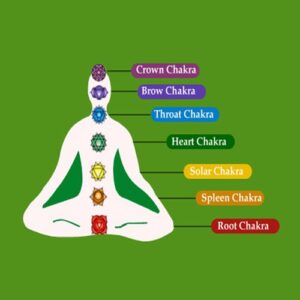
Third Eye Chakra (Ajna): Positioned in the center of the forehead, between the eyebrows, the third eye chakra is associated with intuition, perception, and insight. It governs our inner wisdom, intuition, and ability to see beyond the physical realm. A balanced third eye chakra enhances intuition, clarity of thought, and spiritual awareness.
Crown Chakra (Sahasrara): Located at the top of the head, the crown chakra is associated with spirituality, consciousness, and enlightenment. It represents our connection to the divine, universal consciousness, and higher states of awareness. A balanced crown chakra facilitates spiritual growth, inner peace, and a sense of oneness with the universe.
Balancing and aligning these chakras is believed to promote holistic well-being, facilitating physical, emotional, and spiritual harmony. Various practices, including meditation, yoga, breathwork, and energy healing, are often used to work with the chakras and promote their balance and alignment.
Balancing the chakras involves various practices aimed at aligning and harmonizing the energy centers within the subtle body. Here are some techniques commonly used to balance the chakras:
Mindfulness Meditation: Practice mindfulness meditation focusing on each chakra individually. Visualize each chakra as a spinning wheel of energy, starting from the root chakra and moving up to the crown chakra. Spend a few minutes focusing on each chakra, observing any sensations, emotions, or thoughts associated with it.
Chakra Affirmations: Use positive affirmations specific to each chakra to reprogram negative thought patterns and promote balance. For example, for the root chakra, you might affirm, “I am grounded, safe, and secure,” while for the heart chakra, you might affirm, “I am open to giving and receiving love.”
Chanting and Mantras: Chanting specific mantras associated with each chakra can help activate and balance them. Choose a mantra corresponding to the chakra you wish to balance and repeat it during meditation or throughout the day. For example, the mantra “Lam” is associated with the root chakra, “Vam” with the sacral chakra, and “Om” with the crown chakra.
Yoga Asanas (Poses): Practicing yoga poses that target specific chakras can help stimulate and balance their energy flow. For example, forward bends like Uttanasana (Standing Forward Bend) and seated poses like Baddha Konasana (Bound Angle Pose) can help activate the root and sacral chakras, while heart-opening poses like Bhujangasana (Cobra Pose) and Anahatasana (Heart Melting Pose) can open the heart chakra.
Breathwork (Pranayama): Certain breathing techniques can help cleanse and balance the chakras by regulating the flow of prana (life force energy). Alternate Nostril Breathing (Nadi Shodhana), Breath of Fire (Kapalabhati), and Full Yogic Breath (Dirga Pranayama) are examples of pranayama techniques that can be beneficial for chakra balancing.
Visualization: Use guided imagery or visualization techniques to imagine each chakra glowing with its corresponding colour and spinning freely. Visualize any blockages or imbalances being released and replaced with vibrant, balanced energy.
Energy Healing: Seek out energy healing modalities such as Reiki, acupuncture, or crystal healing that focus on clearing blockages and restoring balance to the chakras.
Holistic Lifestyle Practices: Adopting a holistic approach to health and wellness, including a balanced diet, regular exercise, adequate sleep, and stress management, can support overall chakra balance and well-being.
Remember that everyone’s energy system is unique, so it’s essential to experiment with different techniques and listen to your body to find what works best for you. Additionally, consistency and patience are key when working to balance the chakras, as it may take time to notice significant shifts in energy flow and overall well-being.

